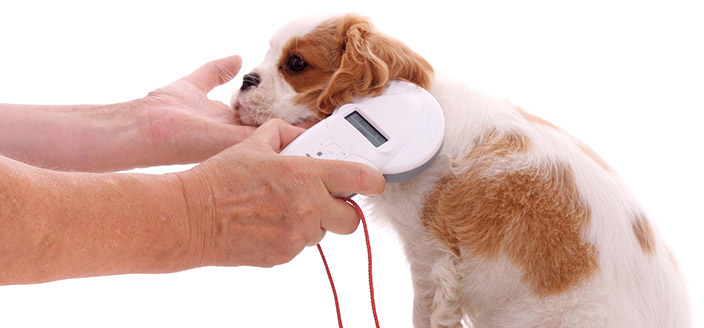MICROCHIP IMPLEMENTATION
Implanting the chip has become the most effective tool to keep our pet under control. In case of loss or theft of the animal, if someone took it to a protective or veterinarian, it would be identified immediately. The microchip is an electronic identification system for animals. This is formed by two parts: one is the microchip itself and the other is the capsule by which it is covered. This capsule is a soft and biocompatible glass (does not cause allergies) and is as small as a grain of rice.
The process of implantation of the chip has to be carried out by a veterinarian. The veterinarian introduces the capsule in the body of the animal, at the height of the neck, using an injector that, by means of a plunger, pushes it once crossed the skin. Each chip stores a unique number code, it would be like the ID of the animal.
The microchip is placed only once in the life of the pet and remains in its body forever. The information relative to the dog or cat is registered in the database of the Canine Census that each Autonomous Community has, in which the information relative to each chip is stored (the name of the owner, his address and one or two contact numbers).
To put the chip it is advisable to wait until the animal has a month and a half or two months. After that age, it can be implanted at any time. (It is mandatory by law after the puppy has 3 months of life.)
It is important that the data provided to the veterinarian is accurate, since this information is what will be recorded in the database and what will be used in case of loss of the animal.
If there is a change of ownership or address, we will have to contact our veterinarian, who will have us sign the corresponding forms for the change to appear in the database. For legal purposes, the owner of the animal is the one that appears in this database and, therefore, is also responsible for any damage that may be caused by the animal.


